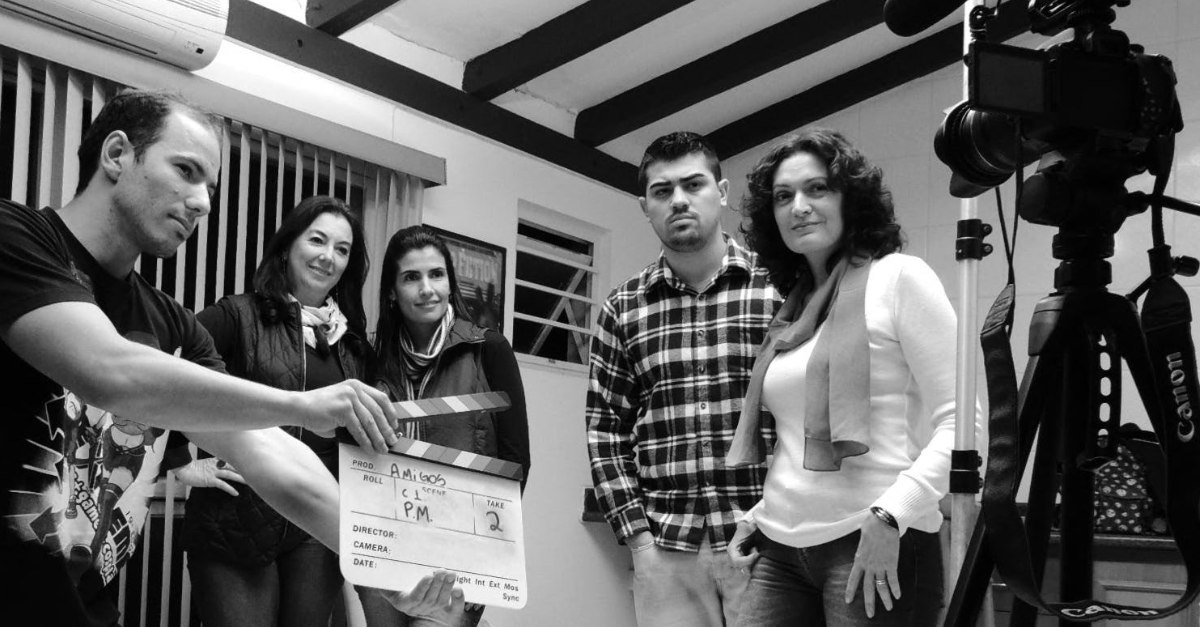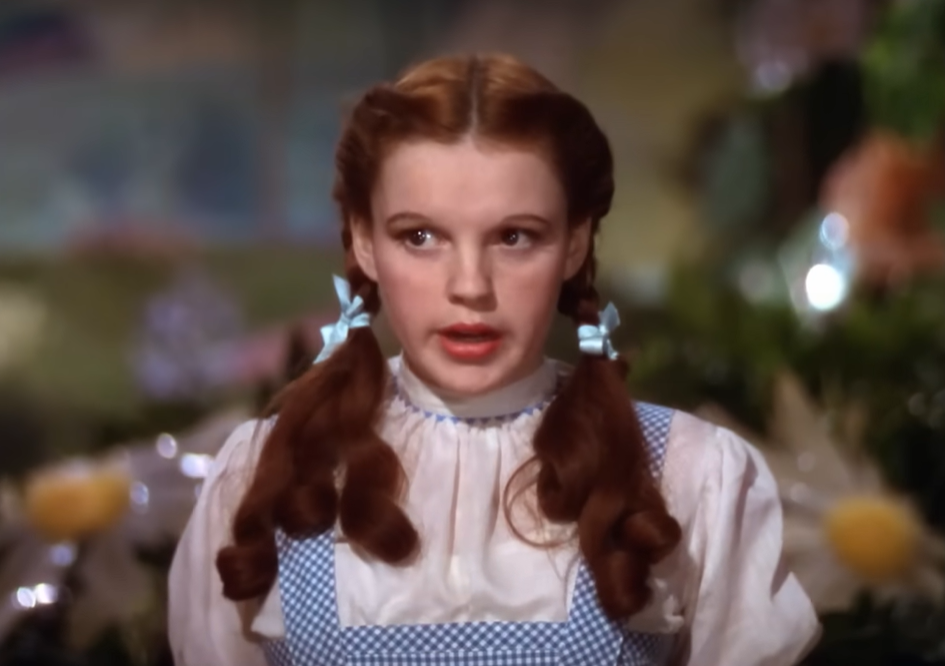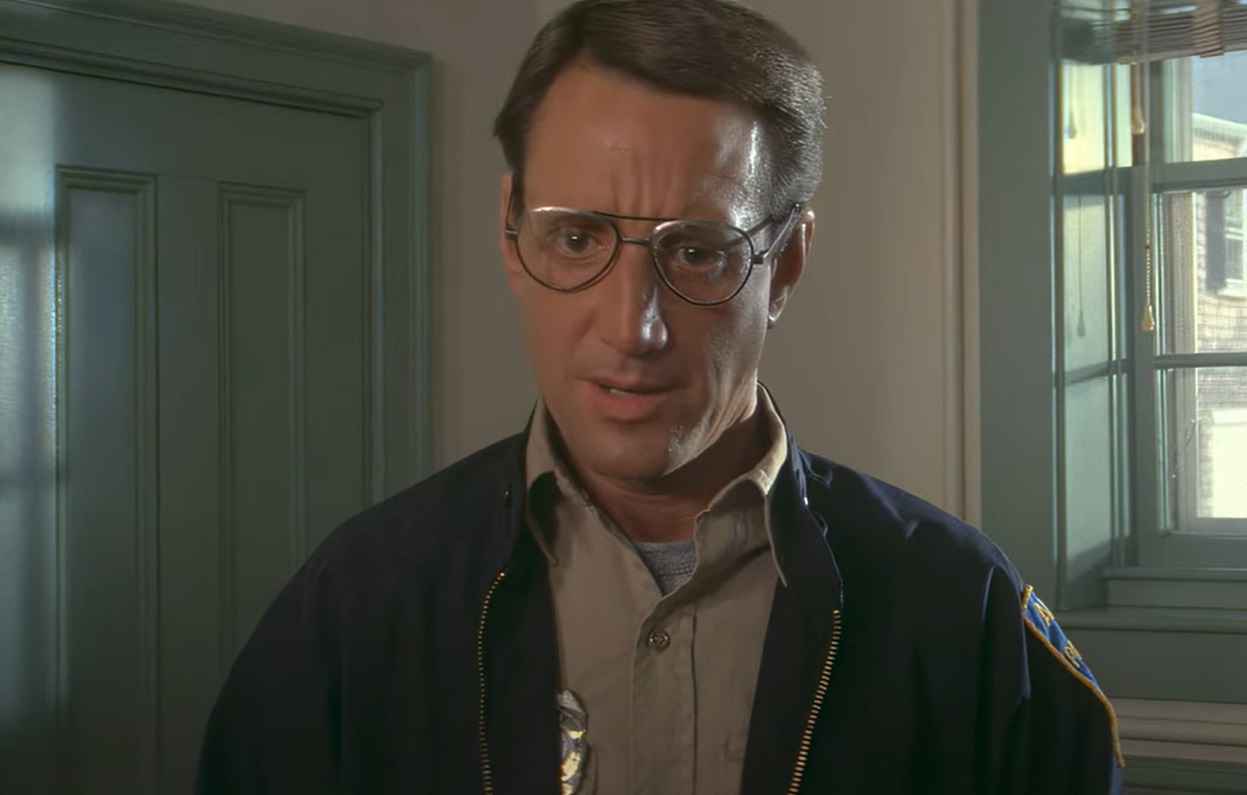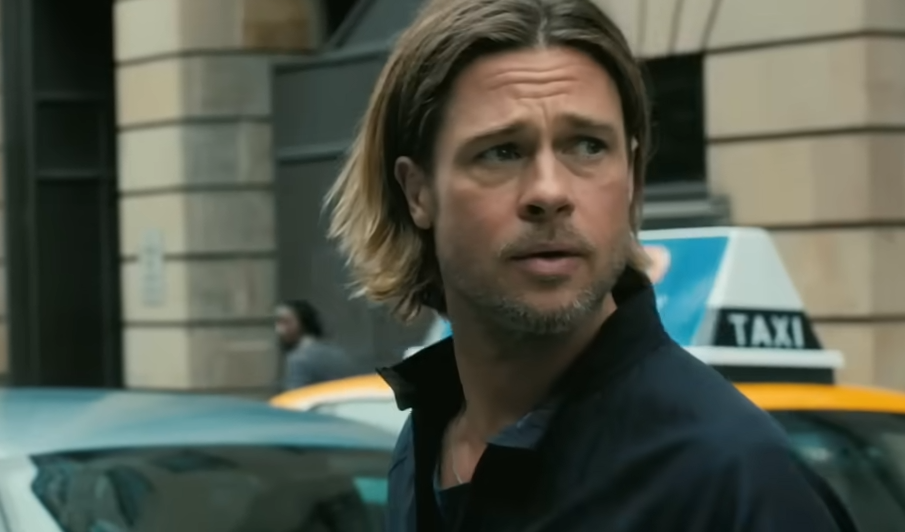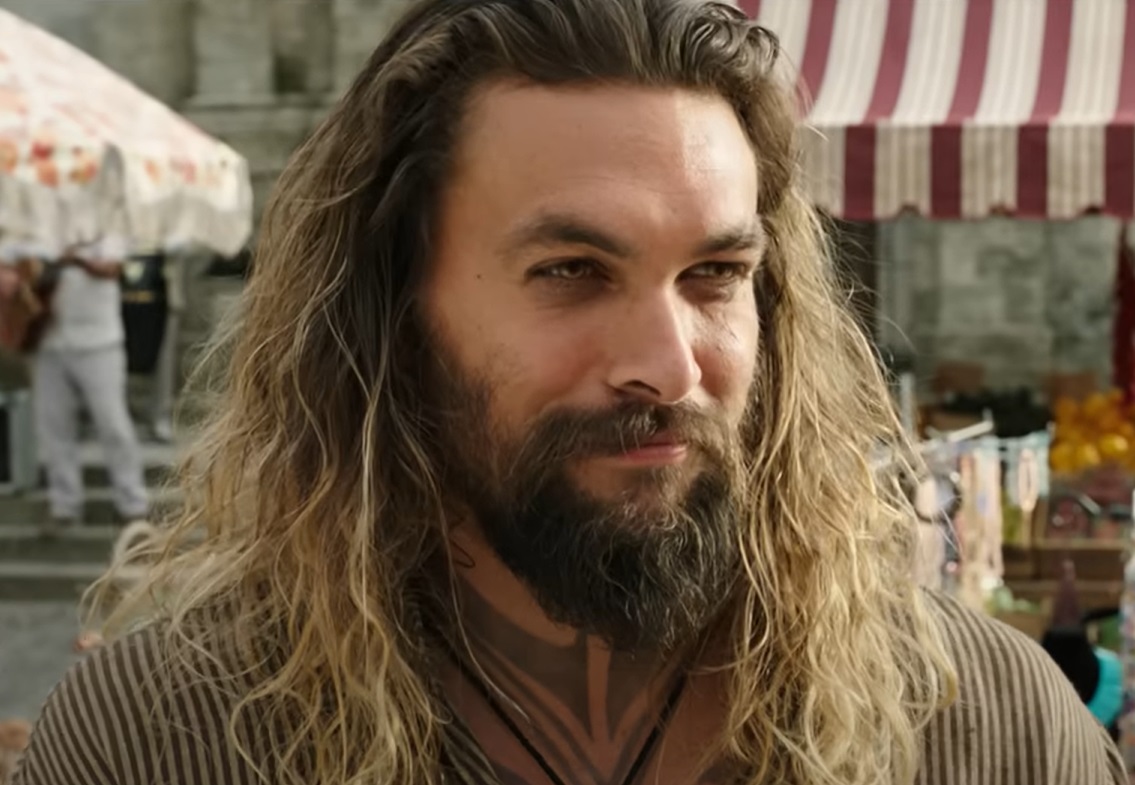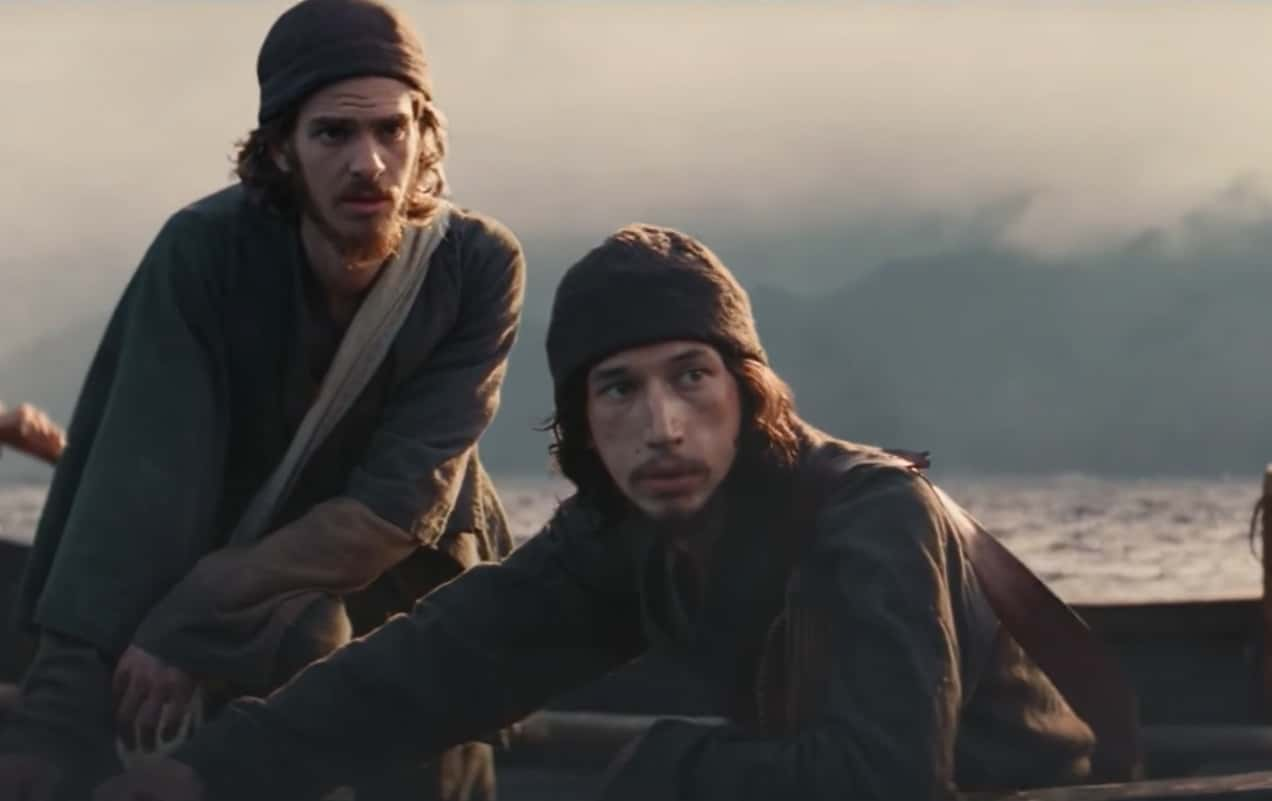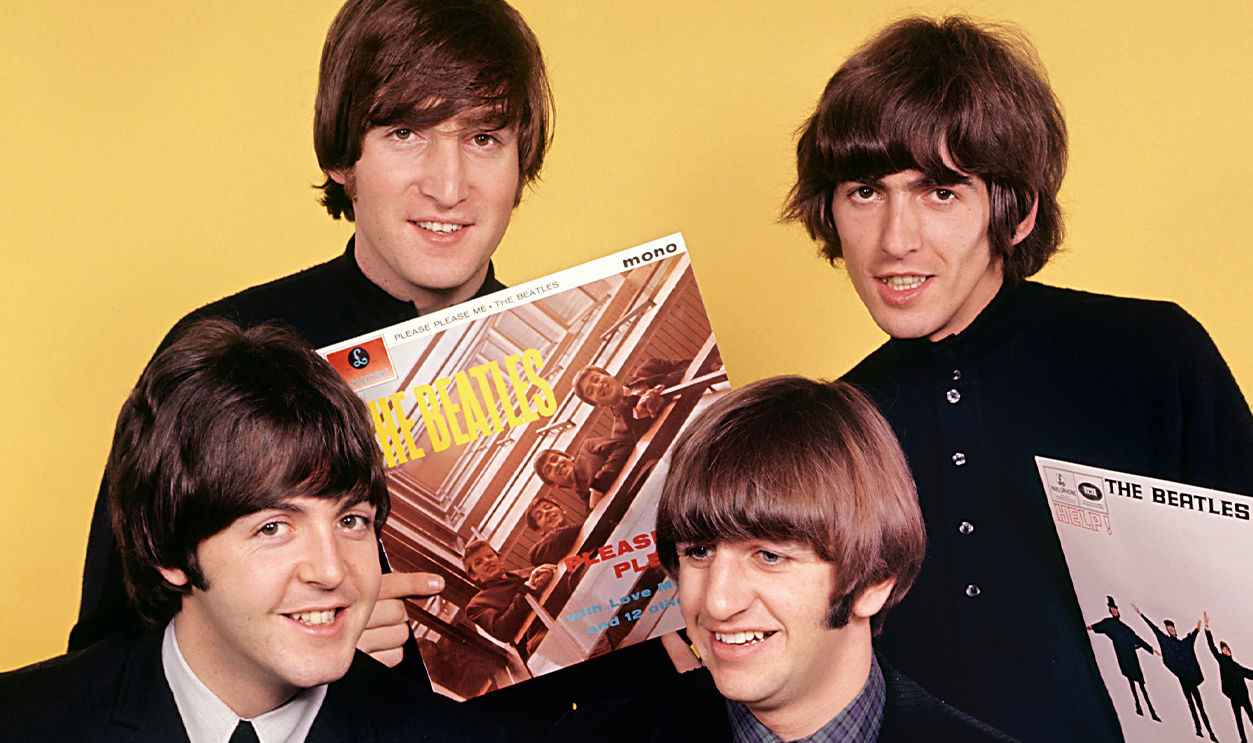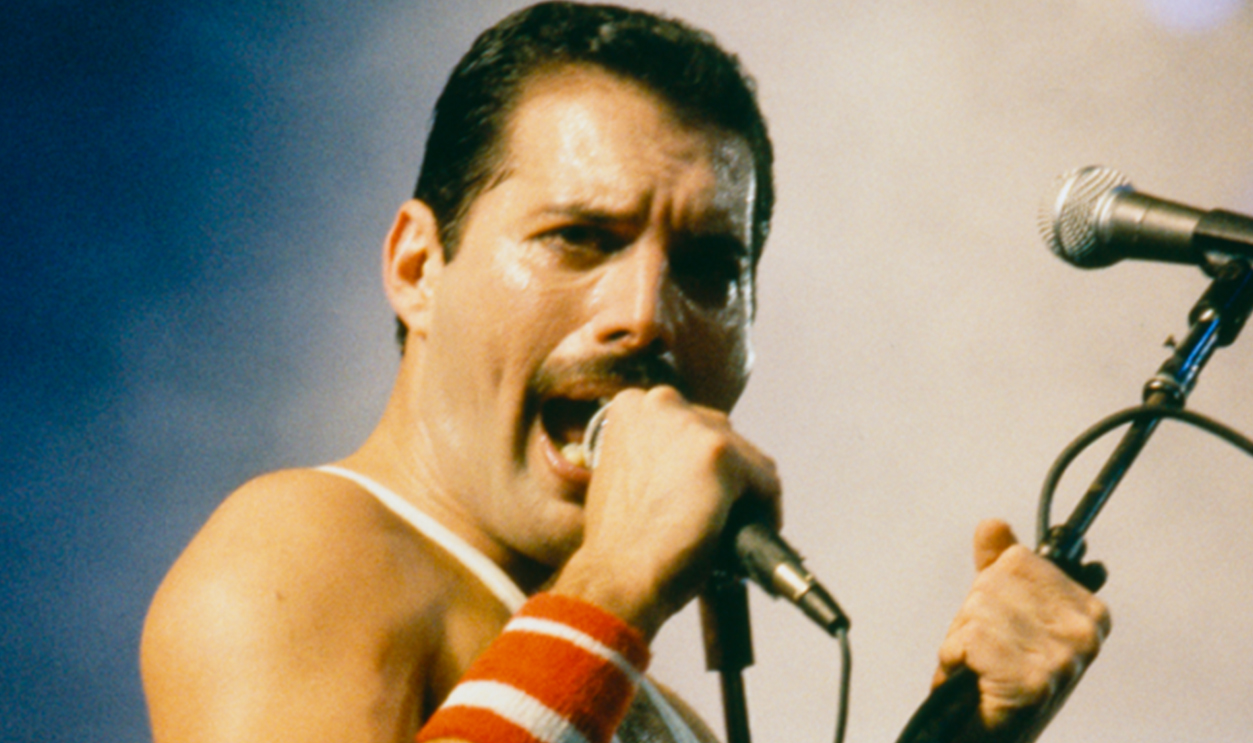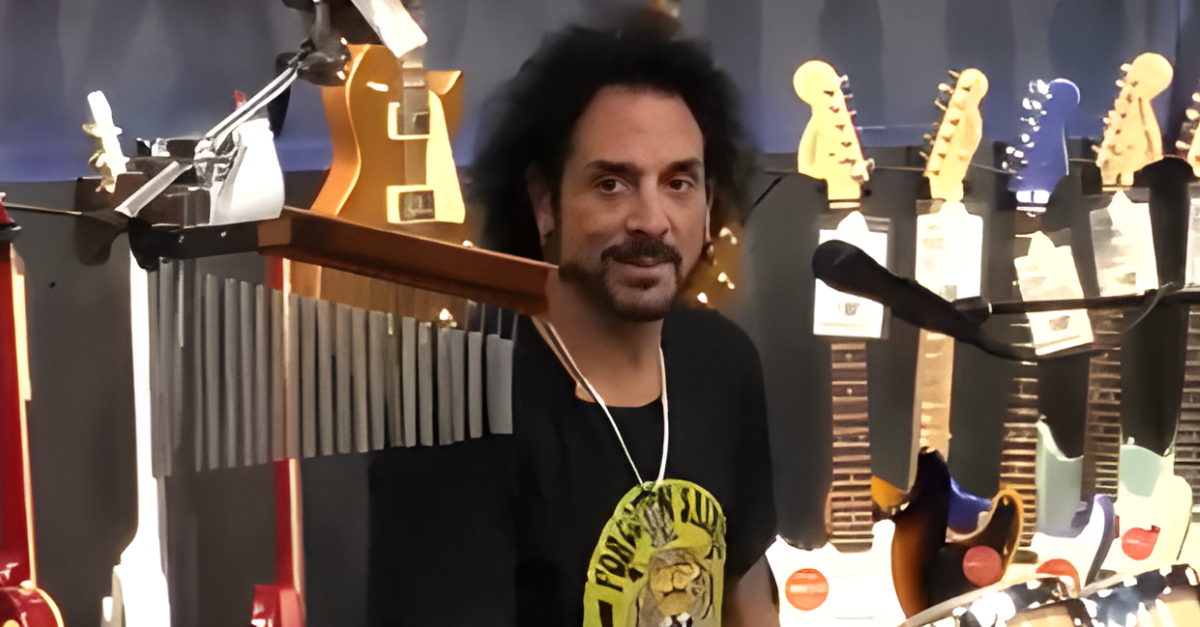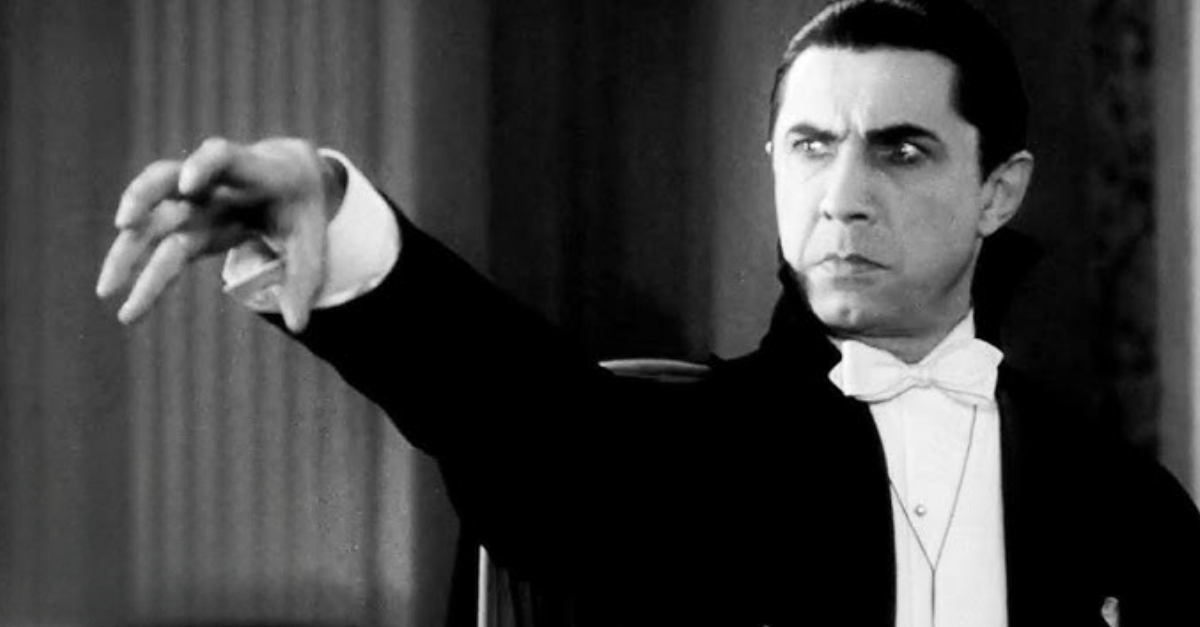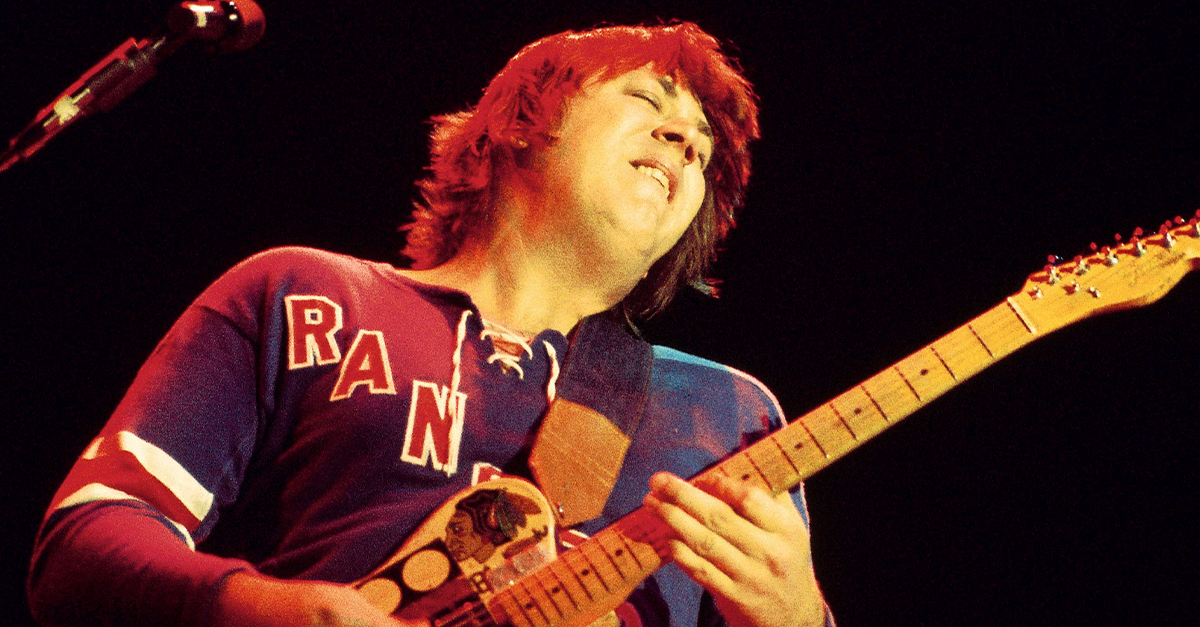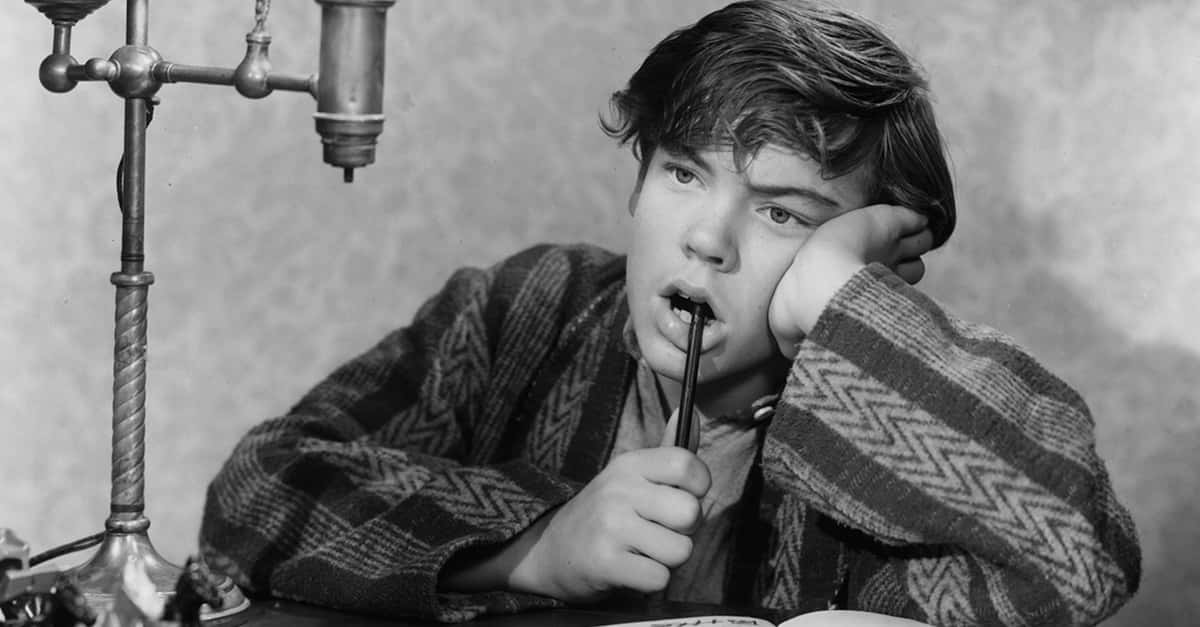All That Glitters Ain’t Gold
Some films glide from script to screen without a hitch. Others? They drag their cast and crew through a cinematic purgatory of delays, disasters, and director meltdowns.
Let’s dive into the most chaotic movie shoots in Hollywood history, where the real drama happened off-camera.
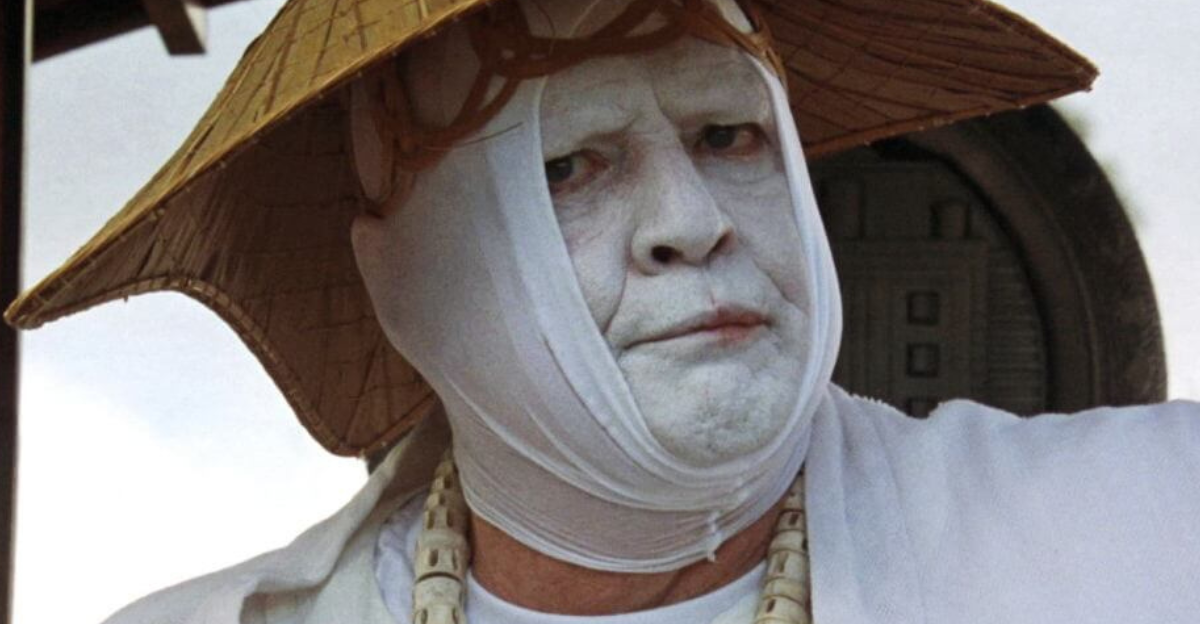
The Wizard Of Oz
On screen, it’s all rainbows and ruby slippers, but behind the scenes, The Wizard of Oz was a waking nightmare. The six-month shoot cycled through five directors, each departing for reasons ranging from studio politics to sheer frustration. Even worse, the actors endured dangerous makeup and costumes: Buddy Ebsen nearly passed from aluminum dust, Bert Lahr’s lion suit nearly gave him heat stroke, and Margaret Hamilton, the Wicked Witch, suffered severe burns during a stunt because of the copper in her makeup.
Deliverance
John Boorman didn’t believe in stunt doubles—at least, not for Deliverance. The director had Burt Reynolds and Jon Voight tackle treacherous whitewater rapids and vertical rock climbs themselves. Reynolds went over a waterfall, cracking his tailbone, while Voight scaled a cliff without a harness because Boorman wanted a close-up. The shoot was as physically dangerous as the film’s storyline, cementing its reputation as one of the most perilous productions of the 1970s.
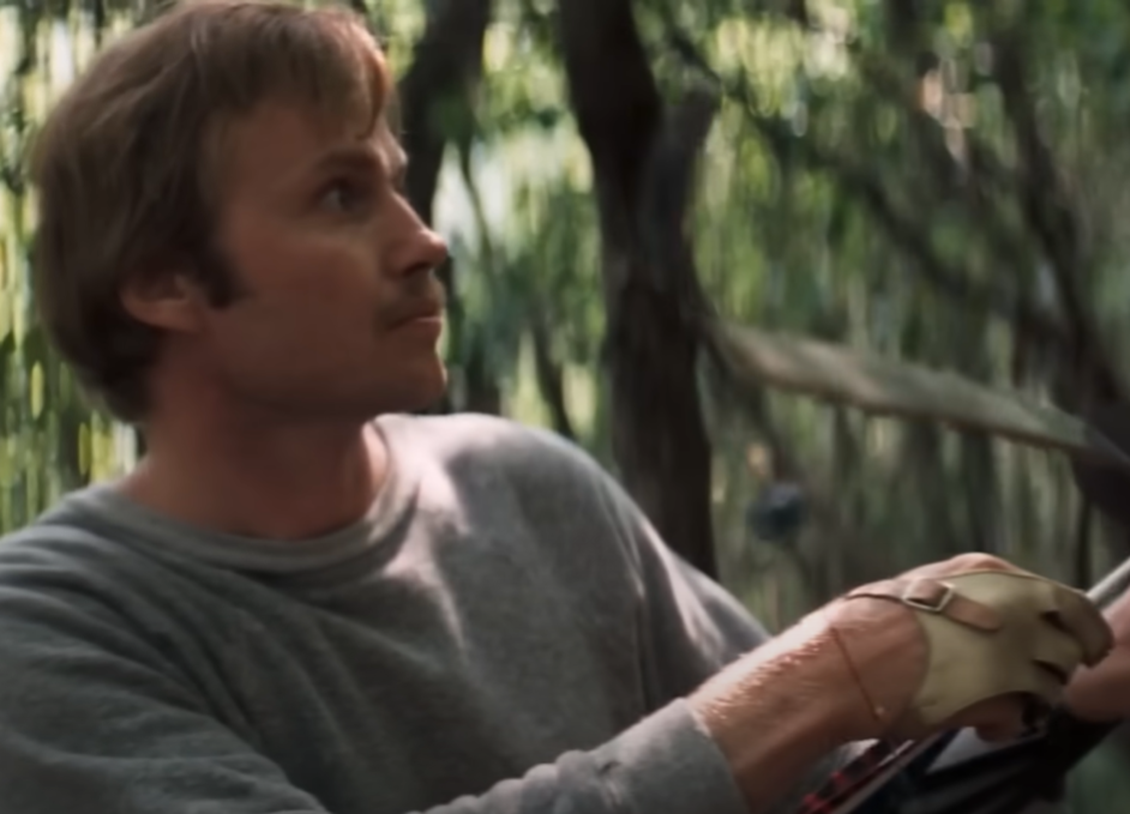 Warner Bros., Deliverance (1972)
Warner Bros., Deliverance (1972)
Jaws
Steven Spielberg’s choice to shoot Jaws on the open ocean was both genius and a logistical disaster. The crew battled seasickness, drifting boats that ruined takes, and saltwater damage to expensive equipment. The mechanical sharks malfunctioned constantly, earning the nickname “Bruce the Menace” among the crew. The shoot ran far over schedule and budget, with Spielberg later admitting he’d underestimated the ocean entirely.
Apocalypse Now
Francis Ford Coppola’s Apocalypse Now was less a movie shoot and more a descent into madness. Filmed in the Philippines, the production endured typhoons that destroyed sets, budget overruns, and clashes with stars like Marlon Brando, who showed up overweight and unprepared. Martin Sheen had a near-fatal heart attack mid-shoot, halting production for weeks. Coppola himself spiraled under the stress, famously saying, “We had access to too much money, too much equipment, and little by little we went insane”.
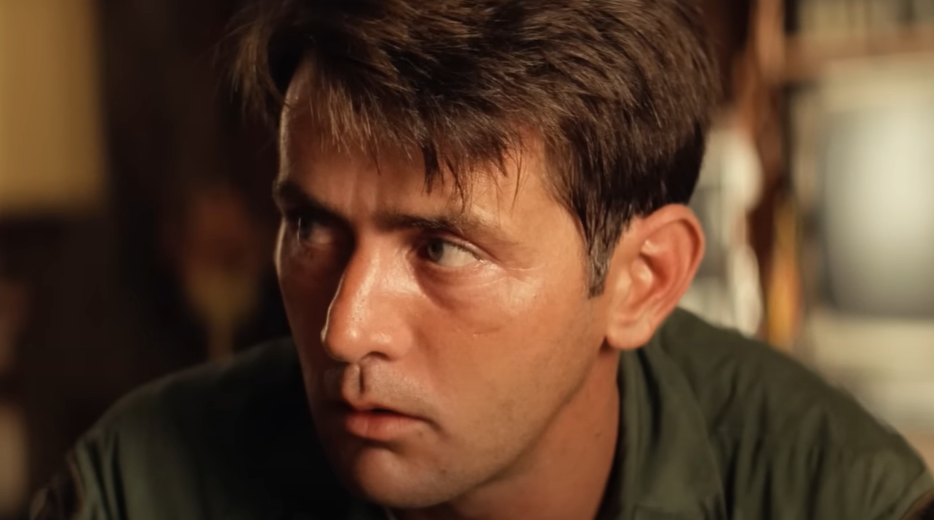 United Artists, Apocalypse Now (1979)
United Artists, Apocalypse Now (1979)
The Shining
Stanley Kubrick’s The Shining pushed perfectionism into punishing territory. He demanded hundreds of takes for certain scenes, especially from Shelley Duvall, whose health visibly suffered. Jack Nicholson, meanwhile, embraced the isolation and tension, which only heightened his performance but strained the atmosphere on set.
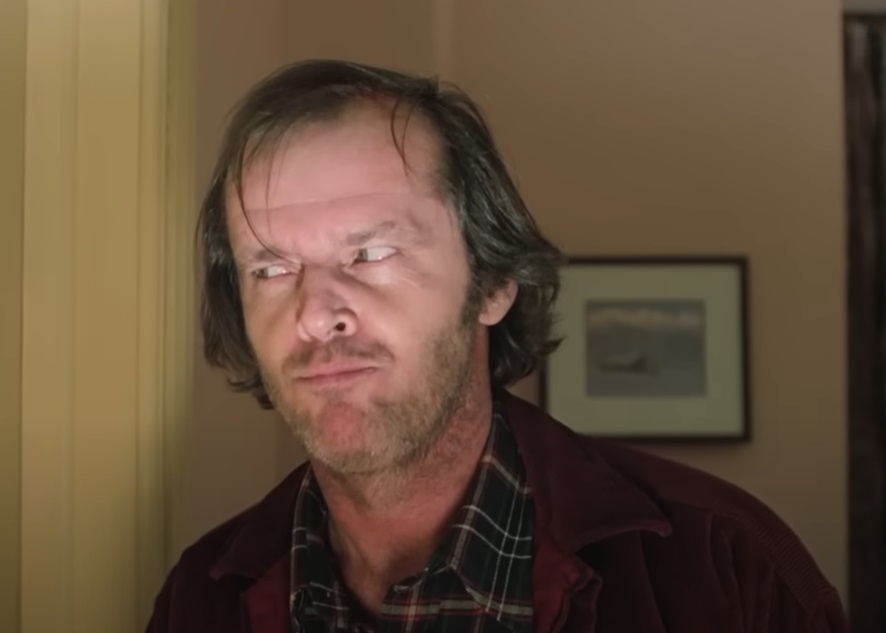 Warner Bros., The Shining (1980)
Warner Bros., The Shining (1980)
Twilight Zone: The Movie
The making of Twilight Zone: The Movie turned tragic during John Landis’ segment, “Time Out”. A helicopter stunt went horribly wrong when explosions damaged its rotor, causing it to crash and take the life of actor Vic Morrow and two illegally hired child actors. The tragedy overshadowed the film entirely and remains one of Hollywood’s darkest on-set disasters.
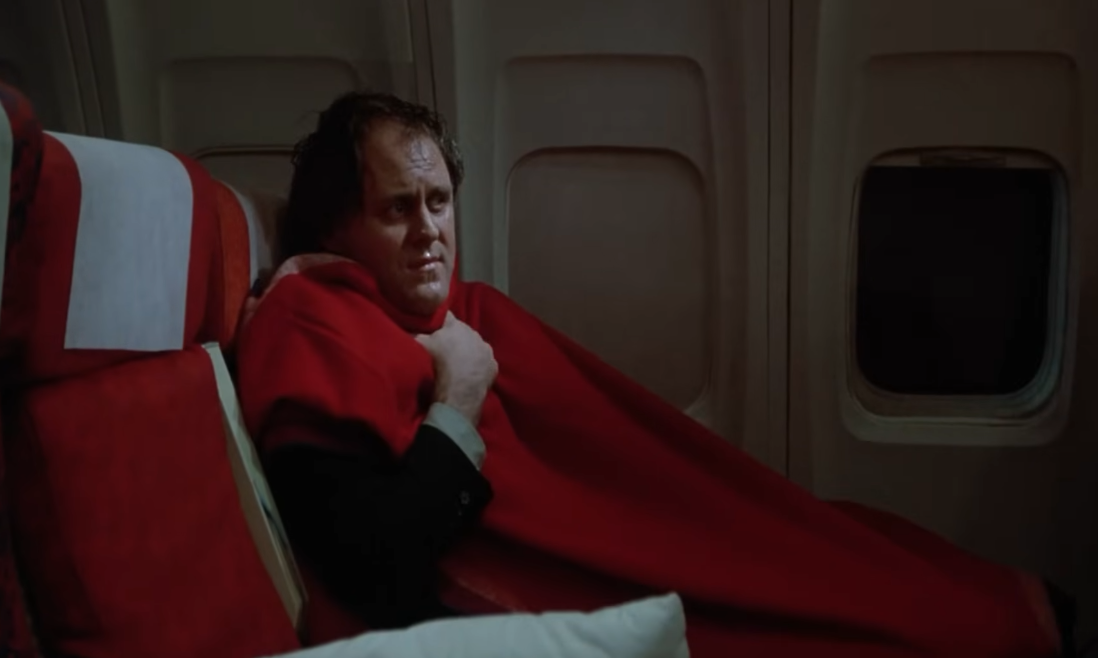 Amblin Entertainment, Twilight Zone: The Movie (1983)
Amblin Entertainment, Twilight Zone: The Movie (1983)
Predator
Predator’s jungle setting in Mexico was far from the tropical paradise audiences might imagine. Cast and crew endured freezing nighttime temperatures, brutal terrain, and illness from contaminated water. By the end, everyone had earned a badge in endurance alongside their film credit.
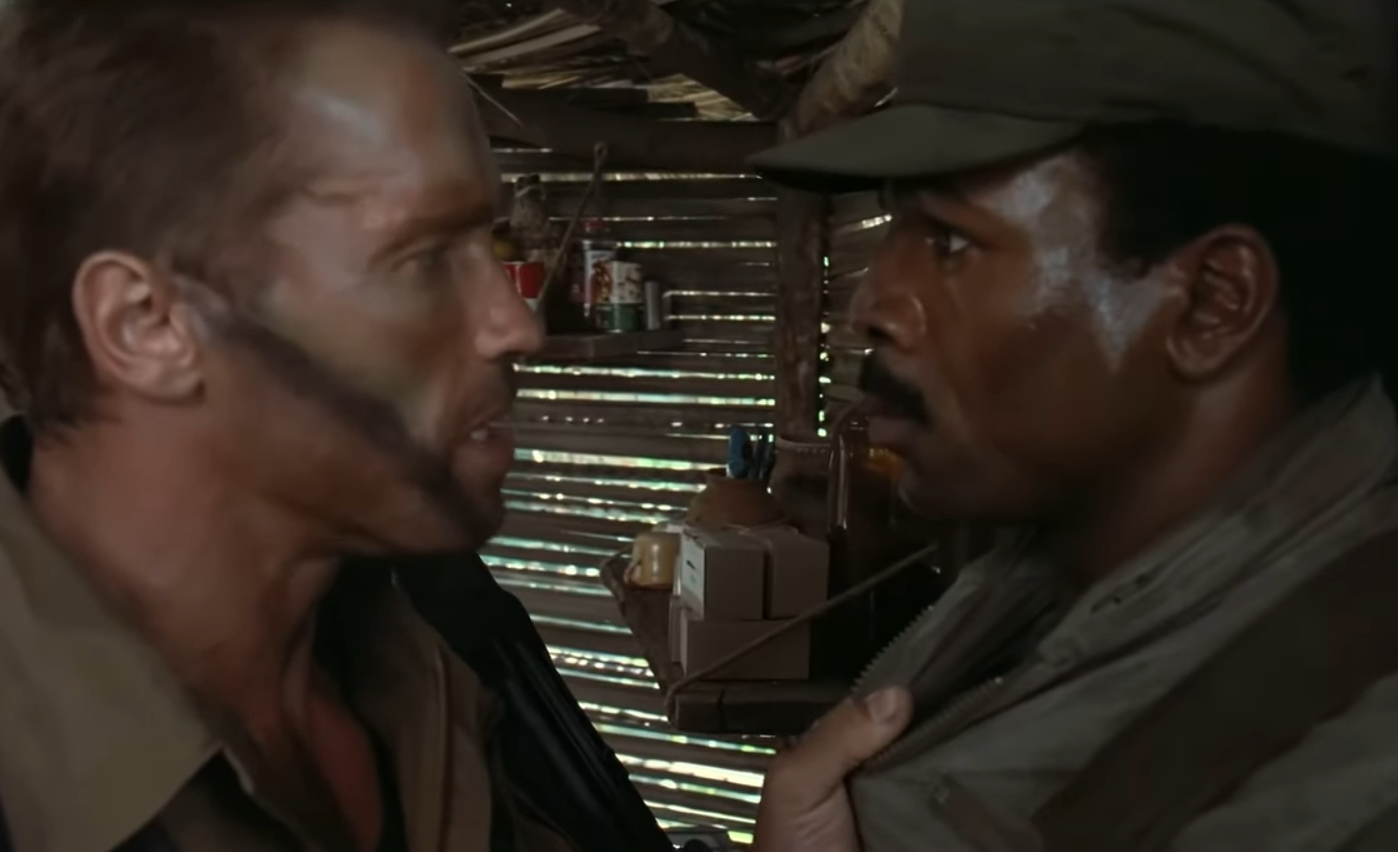 Twentieth Century, Predator (1987)
Twentieth Century, Predator (1987)
Alien 3
David Fincher’s debut feature, Alien 3, was a nightmare from day one. The script was rewritten repeatedly during filming, leaving the cast unsure what they’d be doingnext. Studio executives micromanaged every creative decision, clashing constantly with Fincher’s vision. The director later declared, “No one hated it more than me”.
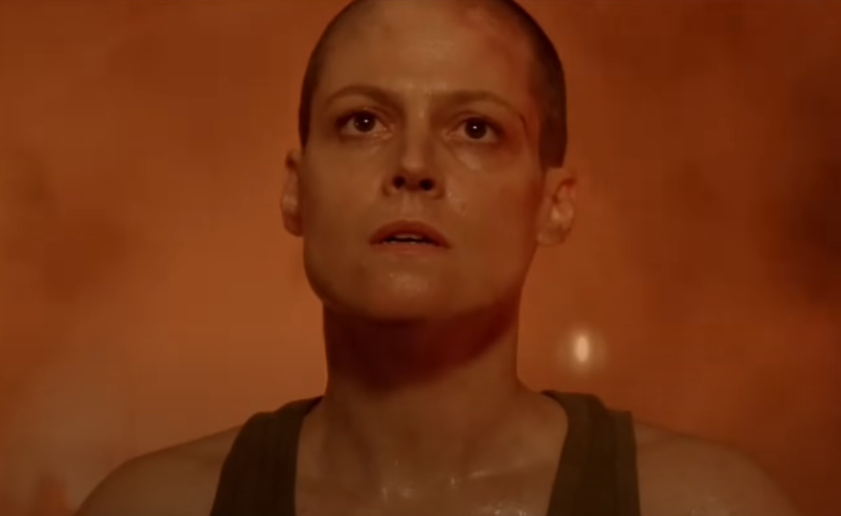 Brandywine Productions, Alien 3 (2009)
Brandywine Productions, Alien 3 (2009)
The Island Of Dr. Moreau
The set of The Island of Dr. Moreau was a powder keg of egos and mismanagement. Original director Richard Stanley was fired early, replaced by John Frankenheimer, who inherited a volatile cast. Val Kilmer openly defied the script, improvising dialogue and frustrating crew members, while Marlon Brando routinely skipped production days.
 New Line Cinema, The Island of Dr. Moreau (1996)
New Line Cinema, The Island of Dr. Moreau (1996)
Titanic
James Cameron’s Titanic was an epic in every sense—including its production disasters. Cast members spent endless days in freezing water tanks, leading to illness and flu outbreaks. The budget soared as filming ran 138 days over schedule. One day’s catering was spiked with PCP, sending around 50 crew members to the hospital. Incredibly, all this chaos still yielded one of the highest-grossing films of all time.
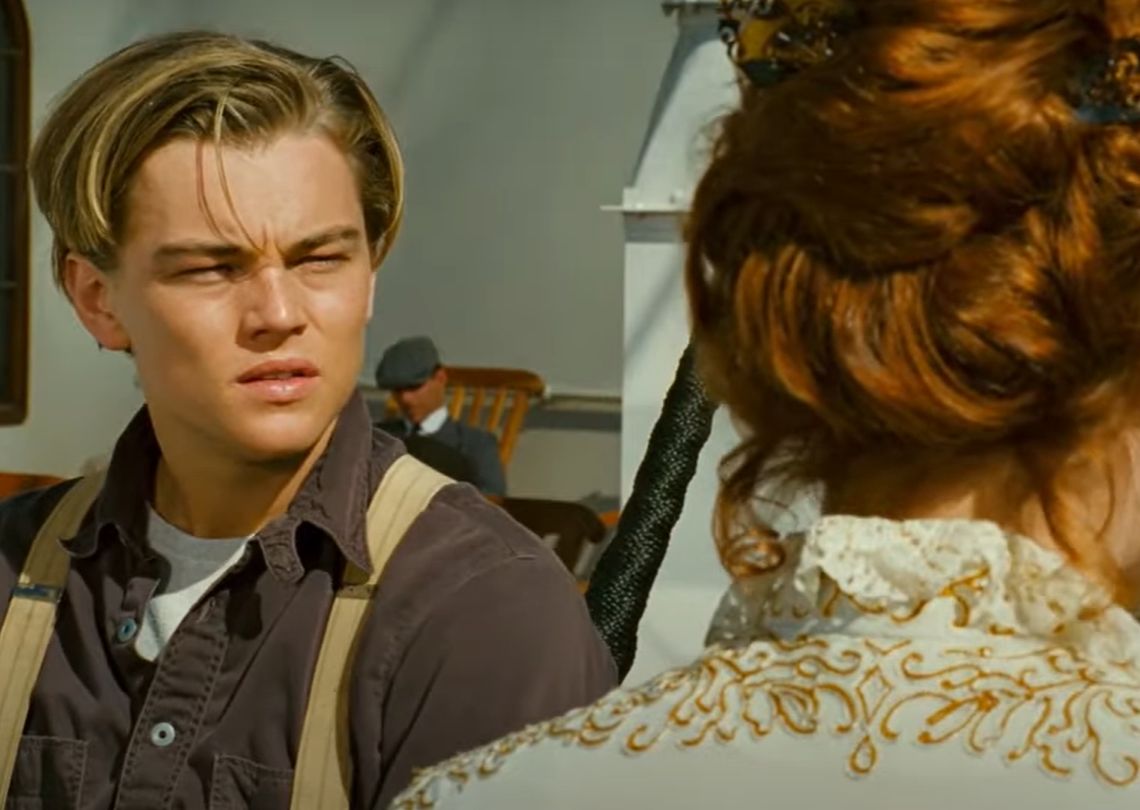 Twentieth Century, Titanic (1997)
Twentieth Century, Titanic (1997)
World War Z
World War Z faced its own undead apocalypse—in the editing room. The third act was deemed unworkable, prompting Damon Lindelof to rewrite the ending and months of expensive reshoots. The budget ballooned close to $200 million, with entire action sequences scrapped for political reasons. Despite the turmoil, the movie managed to find an audience.
Fantastic Four
Josh Trank’s vision for Fantastic Four clashed spectacularly with the studio’s. Trank wanted a dark, body-horror-inspired take, while Fox pushed for something more mainstream. This led to rewrites, reshoots, and on-set isolation, with Trank reportedly building a tent around his monitors to avoid the crew. By release, the film’s behind-the-scenes drama had already overshadowed its lukewarm reception.
Mad Max: Fury Road
George Miller’s Mad Max: Fury Road was years in the making—and nearly broke everyone involved once cameras finally rolled. Six months in the Namibian desert meant endless heat, sandstorms, and elaborate stunt choreography. Stars Tom Hardy and Charlize Theron famously clashed, with co-star Zoe Kravitz describing the set as “tired, confused, and homesick”.
 Warner Bros., Mad Max: Fury Road (2015)
Warner Bros., Mad Max: Fury Road (2015)
Aquaman
Director James Wan took the hard road for Aquaman, insisting on filming as much water action practically as possible. This meant grueling underwater shoots and complex “dry-for-wet” sequences that required precision timing. The technical demands slowed production and pushed the cast’s stamina to the limit.
Avatar: The Way Of Water
James Cameron returned to his favorite element—water—for Avatar: The Way of Water, and naturally made it as intense as possible. Actors trained for months to hold their breath for up to four minutes, performing entire scenes underwater without scuba gear. Years of development delays and script rewrites pushed the film’s release 13 years after the original. The physical strain was immense, but the visual payoff was undeniable.
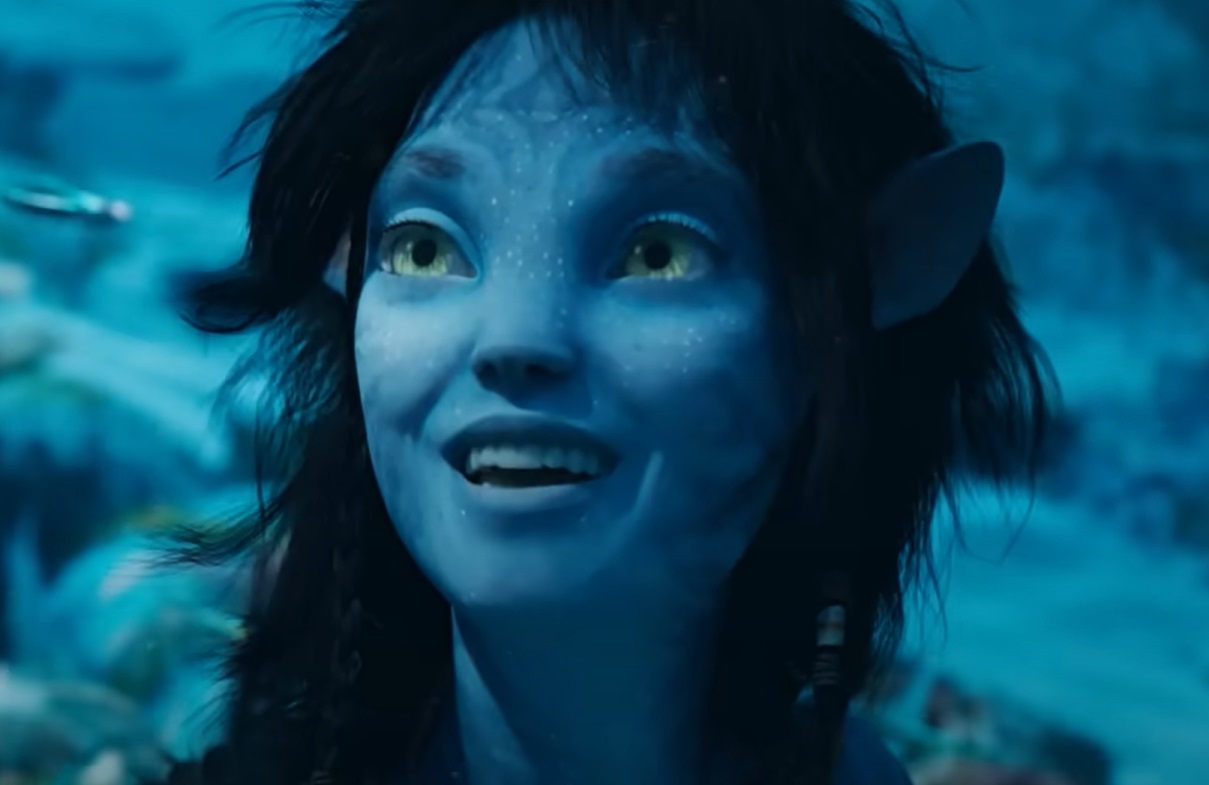 Twentieth Century, Avatar: The Way of Water (2022)
Twentieth Century, Avatar: The Way of Water (2022)
Megalopolis
Francis Ford Coppola’s passion project Megalopolis took decades to get in front of cameras—and quickly spiraled once it did. Reports claimed Coppola made constant last-minute changes, leaving cast and crew idle for days. Allegations of inappropriate on-set behavior added scandal to the chaos. When it finally premiered, the movie polarized critics and tanked at the box office.
The Northman
Robert Eggers’ The Northman was a cold, muddy trial by fire. Determined to capture authentic Viking life, Eggers pushed his cast to endure freezing weather, heavy armor, and dozens of takes for complex battle sequences. Alexander Skarsgård admitted he was so worn down he “wanted to cry”.
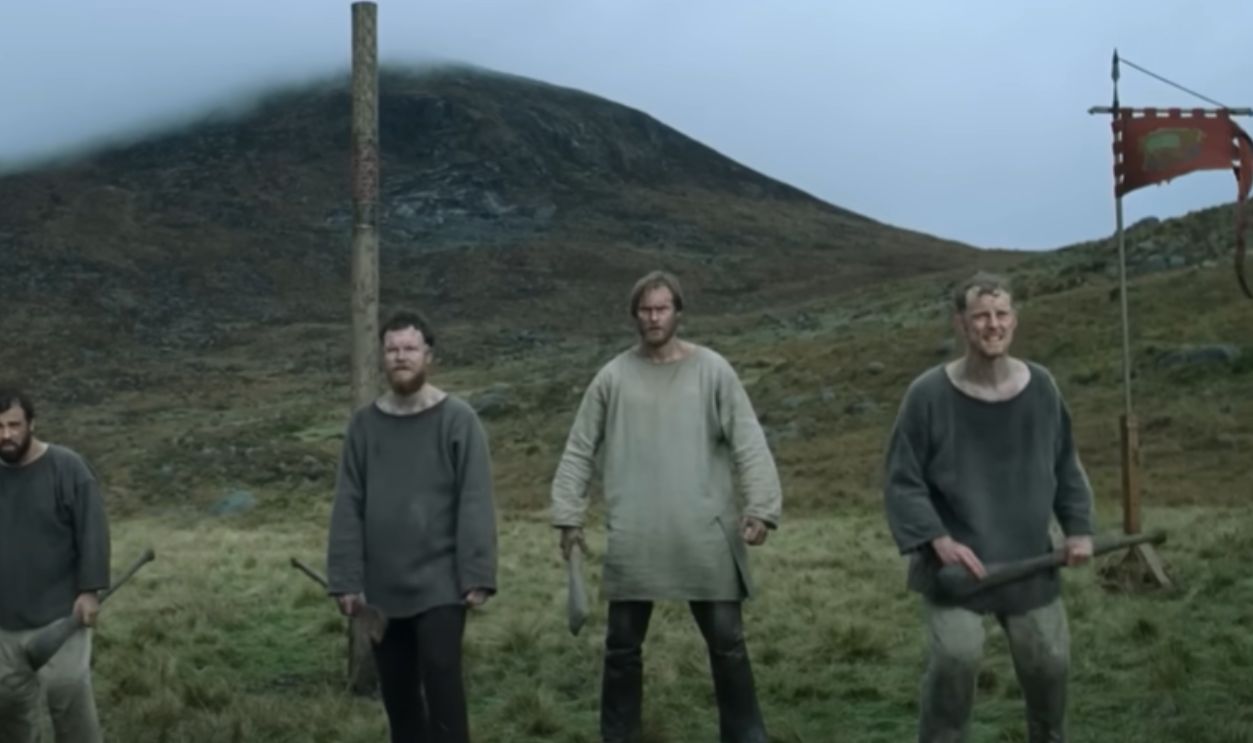 Focus Features, The Northman (2022)
Focus Features, The Northman (2022)
Monos
Filmed in remote Colombian wilderness, Monos was as punishing for its crew as it was for its characters. With no electricity, no running water, and constant torrential rain, the set was a survivalist camp in disguise. Food rations and exhaustion took a toll, leading to multiple medical evacuations—including the director.
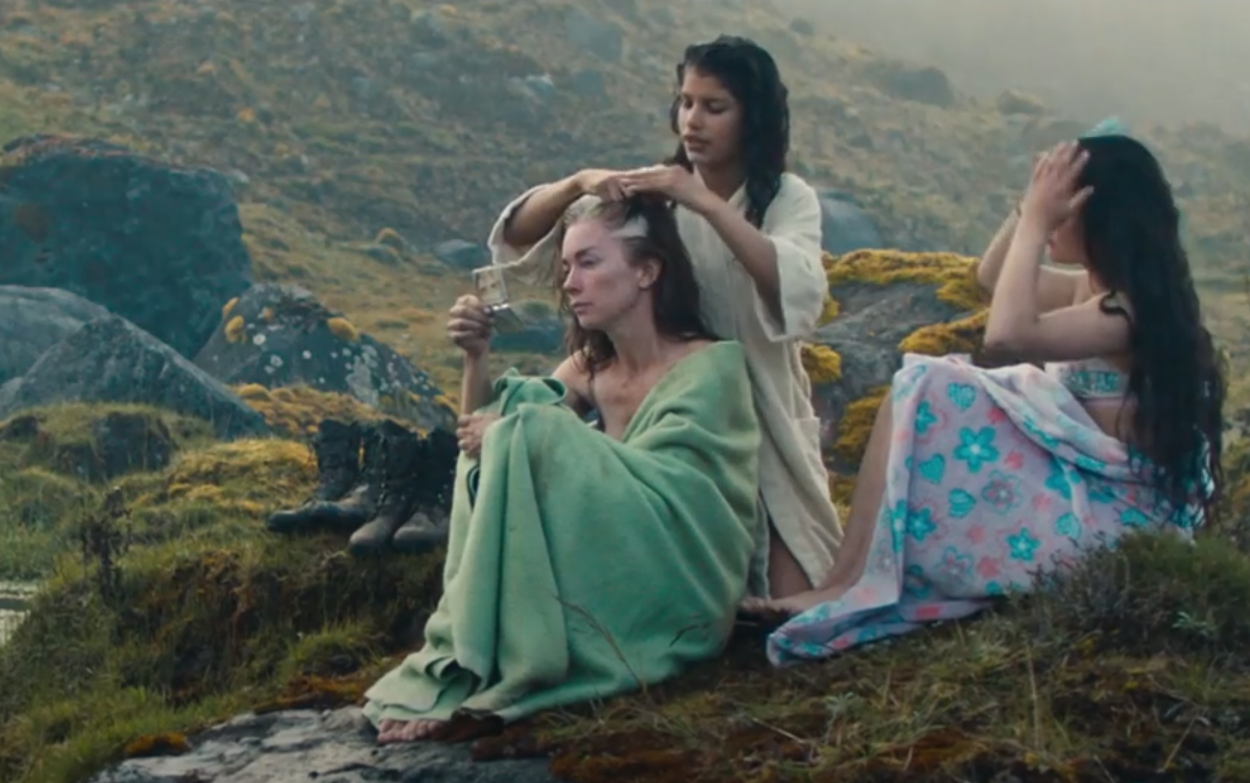 Caracol Television, Monos (2019)
Caracol Television, Monos (2019)
The Lighthouse
Robert Eggers seems to thrive on discomfort, and The Lighthouse was no exception. Shot in freezing Nova Scotia, it pushed Willem Dafoe and Robert Pattinson to physical extremes. Pattinson endured fire hoses to the face, drank mud for authenticity, and stayed in character by getting genuinely drunk. The tension was so high that he nearly punched Eggers at one point.
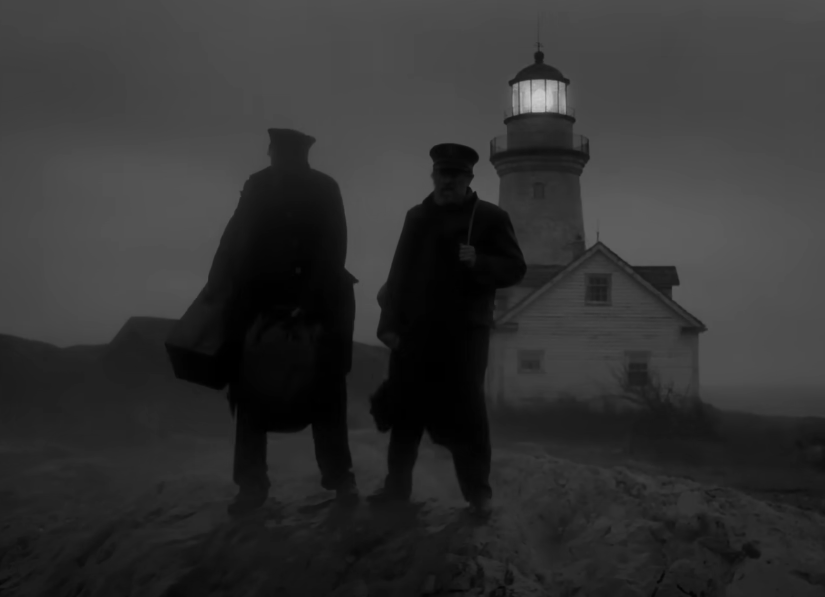 Regency Enterprises, The Lighthouse (2019)
Regency Enterprises, The Lighthouse (2019)
Silence
Martin Scorsese’s Silence was a grueling test of patience and endurance. Filmed in Taiwan, the shoot was constantly interrupted by unpredictable weather, forcing endless rescheduling. Adam Driver lost 51 pounds for the role, pushing himself to the brink of hallucination. The physical toll on cast and crew mirrored the spiritual trials depicted in the film.
Don’t Breathe
Director Fede Álvarez kept his Don’t Breathe cast on edge by springing scares on them without warning. He deliberately misled actors about where threats would come from, swapping directions at the last second for genuine reactions. While effective on screen, it left star Jane Levy so unhappy she refused to return for the sequel.
 Sony Pictures Releasing, Don’t Breathe (2016)
Sony Pictures Releasing, Don’t Breathe (2016)
The Revenant
Alejandro González Iñárritu’s The Revenant demanded absolute authenticity—at a steep price. The film was shot in sequence, entirely outdoors, and using only natural light, meaning production was constantly stalled by weather. Subzero temperatures, changing conditions, and remote locations pushed cast and crew to their limits.
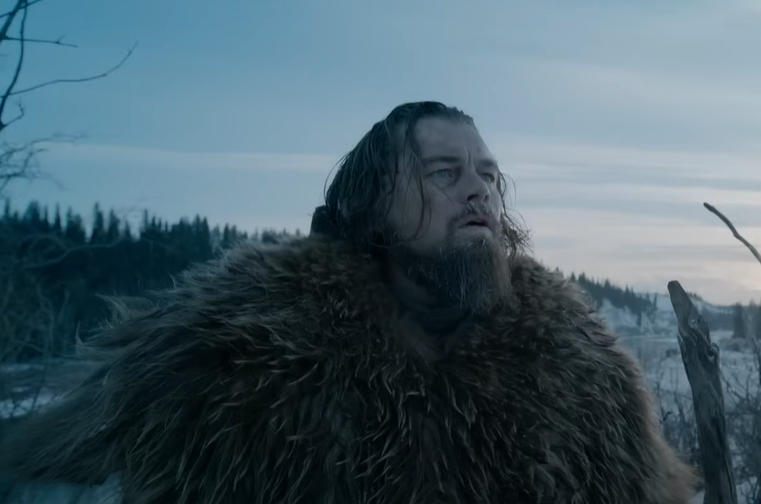 New Regency Productions, The Revenant (2015)
New Regency Productions, The Revenant (2015)
You May Also Like:
Movies Where The Setting Was Practically A Character
Movies That Were Huge Abroad, But Flopped In The U.S.
The Most Iconic Coming-Of-Age Movies Ever
Source: 1

